In response, states this year enacted dozens of laws intended to give people greater control over who has access to their private activity and information, and where and how it is collected, stored, shared and used.
Many of the laws enacted this year focus on shielding the massive amounts of data that the government and private businesses are collecting — everything from a Medicaid user’s health information to information about a child’s reading level.
- At least 11 states passed laws aimed at protecting student data.
- At least four states passed laws restricting employers’ or colleges’ access to social media profiles.
- At least six states passed laws further restricting how governments and companies store data or changing how they alert customers of breaches.
Many new laws are focused on restricting government’s use of electronic surveillance. Twelve states placed new restrictions on drone users this year, with two of the laws, in Oregon and Vermont, restricting law enforcement or government use.
Other new laws address recreational drone use, which is becoming more common. A new law in Kansas makes it illegal to stalk with a drone.
“It’s like people are in a car with an accelerator but no brake,” he said.
But the rush to protect privacy — which has seen support among legislatures regardless of party — has created some concerns. Companies that produce some of the new technologies, such as the makers of education software and drones, fear the restrictions will stifle innovation and commerce. Others, such as Justin Silverman, executive director of the New England First Amendment Coalition, say some of the restrictions, such as those on drones, body cameras and nude or sexually graphic images shared without consent may infringe on free speech protections.
Source: PBS


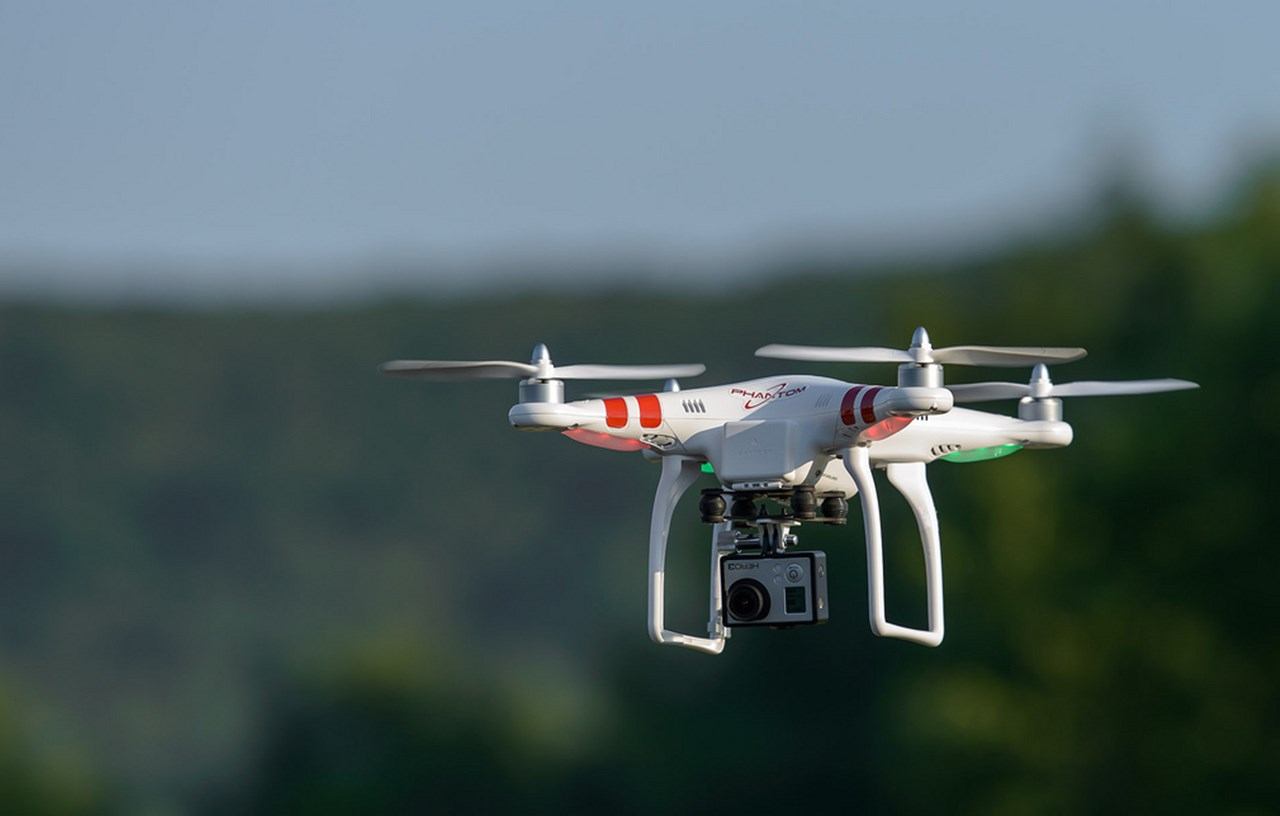


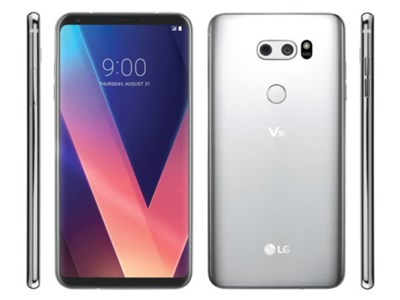


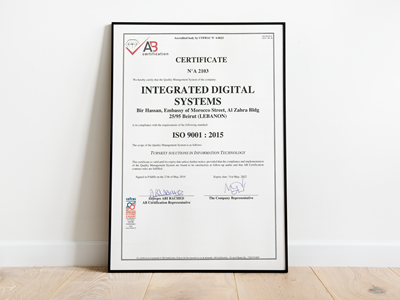
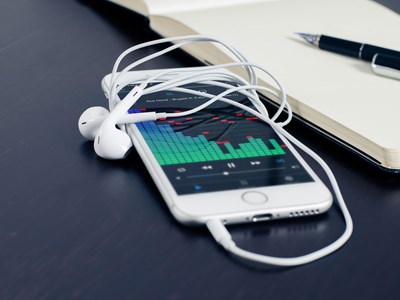
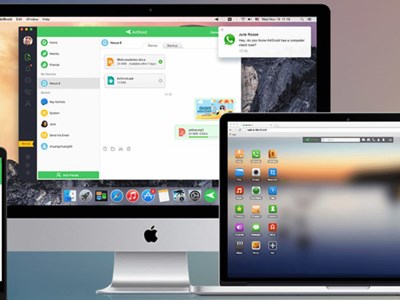
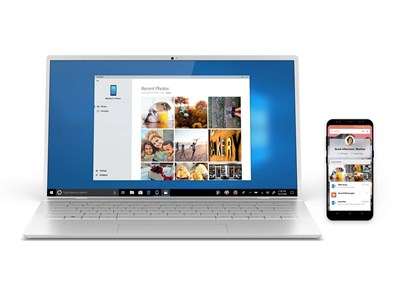

Comments